Dina Begum and the rise of Bangladeshi cuisine in Britain
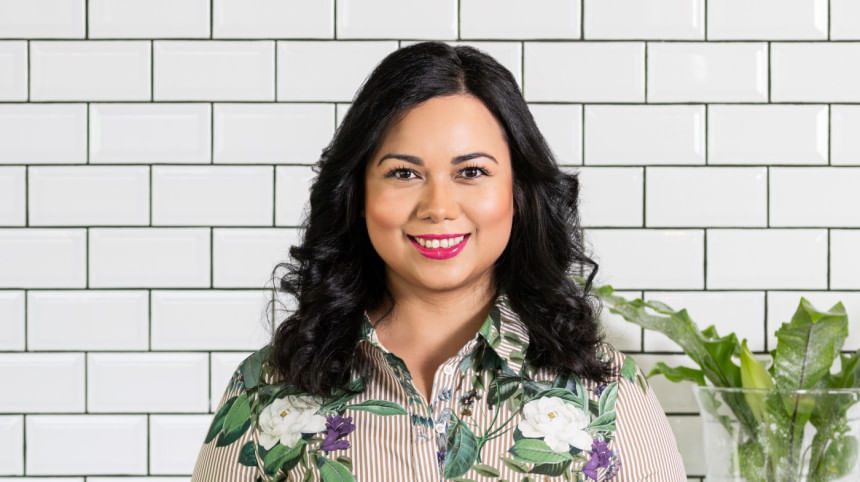
When she left Bangladesh as a small child, Dina Begum carried little more than memories of family, fragments of taste, and the cadence of home kitchens. Barely four years old, she arrived in England with her parents, part of the vast Sylheti diaspora that today makes up the overwhelming majority of the British Bangladeshi community.
For many of these families, the "curry house" became their most visible cultural export. Around 80–90 per cent of Britain's curry restaurants are Bangladeshi-run, a fact that transformed Britain's food landscape while also flattening the complexities of Bangladeshi cuisine into a single word: curry!
"However, they have not been representative of authentic Bangladeshi food. Bangladeshi food is varied and unique, and I strive to show that in my work," she says. Dina Begum, now an acclaimed food writer and cook, has spent her career undoing that simplification. With her latest book, Made in Bangladesh, she brings the kitchen of her childhood into the kitchens of the world.
If her first book, The Brick Lane Cookbook, sizzles with the smells and sights of London's East End's clamorous street stalls and home dishes, Made in Bangladesh is sumptuously produced, featuring idyllic images of the Bangladeshi countryside, bazaars, and produce shots, accompanied by mouthwatering photos of food.
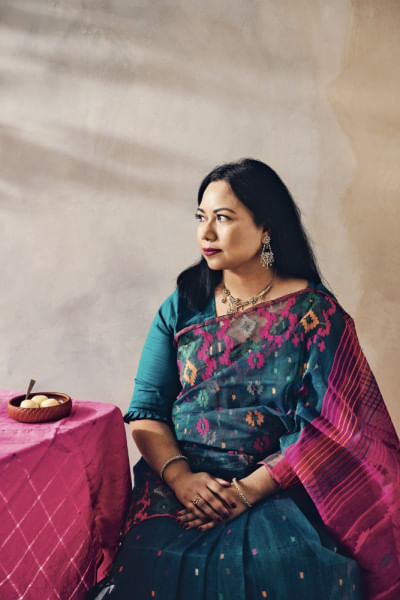
From observation to documentation
Begum's journey as a food writer began, quite literally, at the side of her grandmother and mother.
"I learned to cook by observing and picking up techniques little by little over the years," she recalls.
"The challenge was to accurately document and write recipes that had been passed down orally, by estimation, rather than with measurements. To capture the essence of these treasured recipes and distil them into something anyone could cook meant I almost had to unlearn the way I cooked. Measuring and timing felt unnatural at first — Bangladeshi cuisine is about feel."
The painstaking process of committing these inherited rhythms to paper led to a curated set of 76 recipes for Made in Bangladesh. Each dish was chosen to reflect not only her Sylheti heritage but also the eight divisions of Bangladesh, ensuring that the country's diversity —geographic, cultural, and culinary was represented.
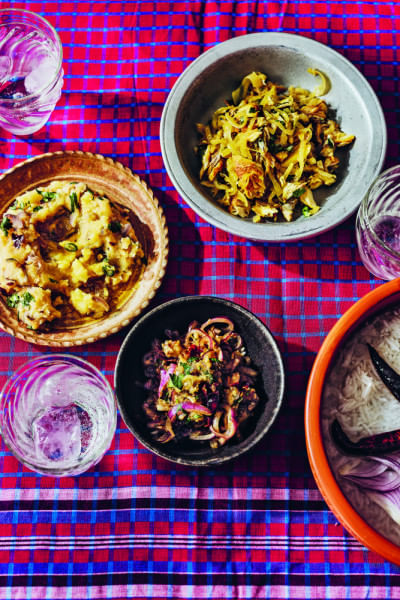
Sylhet in the spotlight
Sylheti flavours are central to Begum's story. She pays homage to them in dishes like tusha shinni (a ghee-based wheat halwa that evokes family gatherings), and shatkora diye gorur mangsho (beef cooked with the bittersweet citrus fruit unique to Sylhet). The naga chilli, too, fiery and unapologetic, finds its place in her repertoire.
Her most personal comfort, however, is far simpler. "For me, aloo bhorta (potatoes mashed with fried chillies, coriander, onions and mustard oil) is the quintessential taste of home. It reminds me of childhood and, to this day, brightens a meal. Mixed with steaming white rice, it is home on a plate."
Beyond the curry house
For decades, Bangladeshi cuisine in Britain was synonymous with the neon-lit curry house. While these restaurants were vital in popularising South Asian food, Begum insists they are not the whole story. "They have been instrumental," she acknowledges, "but they haven't represented authentic Bangladeshi food."
That authenticity is now coming into focus. Britain's diners are increasingly curious about regional cuisines, moving away from "Indian" as a catch-all label.
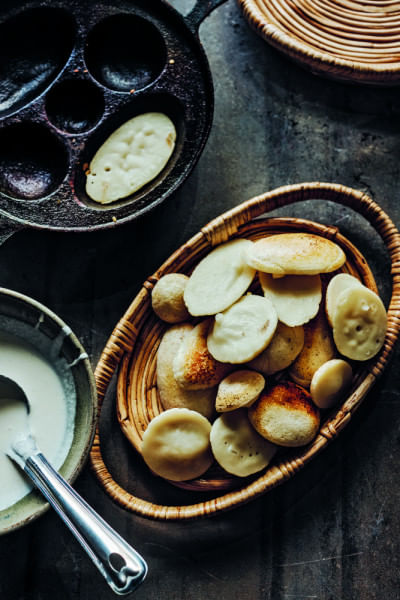
Social media, she notes, has accelerated this process: "From the comfort of their homes, women in particular share what they cook, piquing the interest of viewers and spreading the joy of Bangladeshi cuisine to every corner of the globe."
Travel, too, plays a part. As more Britons explore South Asia, their palates broaden, and curiosity deepens. In this climate, Bangladeshi food is finally claiming its rightful place alongside Indian and Thai in the global conversation.
A love letter to Bangladesh
Begum's first book, The Brick Lane Cookbook, was inspired by the diversity of East End in London, home to the biggest Bangladeshi community in the UK, its curry houses and Bengali sweet shops, its graffiti, market stalls, and, more recently, its art, fashion and street food scene.
This time, her second book is different. Begum is quick to remind readers that Made in Bangladesh is not simply a collection of recipes.
"It is my love letter to Bangladesh," she says. "I hope non-Bangladeshi readers discover a joyous, flavour-filled country through its food and learn about our culture and traditions. There's something in this book for everyone — vegetarian, vegan, gluten-free options included."
She credits her parents and grandmother for igniting her passion. "They instilled in me my love for Bangladeshi heritage, not just the food but the vibrant culture." That heritage, lovingly captured in recipes, photographs, and stories, is the thread she uses to stitch together her own narrative: a Bangladeshi child who grew up in Britain, now returning through taste to a homeland always present at her table.
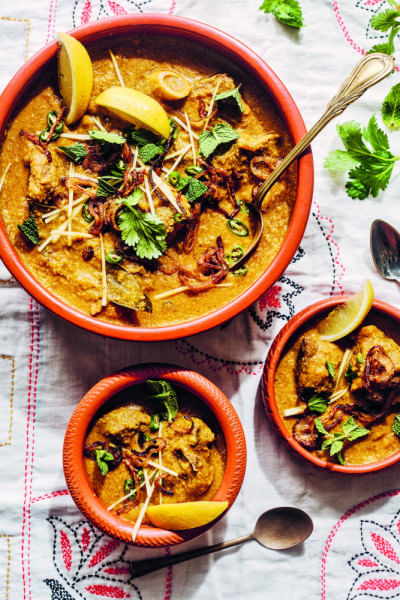
Mustard oil and beyond
For the curious newcomer, Begum suggests three pantry staples: mustard oil, panch phoron (the five-spice mix), and date molasses. Together, they form the foundations of Bangladeshi flavour.
However, what she really offers is not a starter pack of ingredients but an invitation. To see Bangladesh beyond curry houses, beyond clichés. To recognise that behind every plate is a story: of migration, memory, adaptation, and pride.
As Britain's Bangladeshi community grows ever more confident in reclaiming its culinary identity, Dina Begum is both chronicler and catalyst. With Made in Bangladesh, she is not only feeding curiosity; she is feeding connection.
Photo: J C Candanedo

 For all latest news, follow The Daily Star's Google News channel.
For all latest news, follow The Daily Star's Google News channel. 

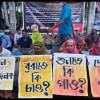
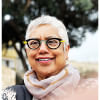
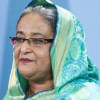
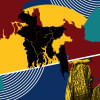



Comments